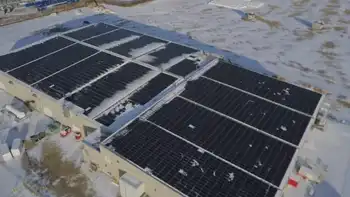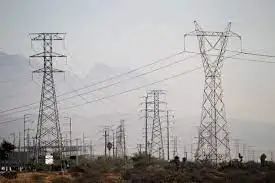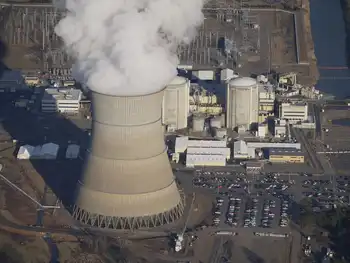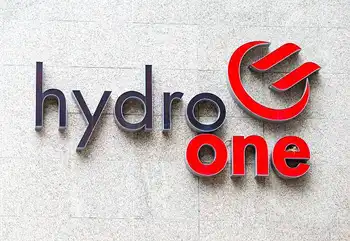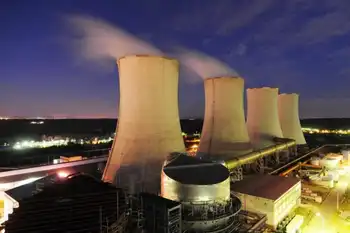Winter Games to source clean power from BC Hydro
By Canada News Wire
Arc Flash Training CSA Z462 - Electrical Safety Essentials
Our customized live online or in‑person group training can be delivered to your staff at your location.

- Live Online
- 6 hours Instructor-led
- Group Training Available
In its role as an Official Supporter of the 2010 Winter Games, BC Hydro will provide the resources to supply clean power for the Games. In addition, through its Power Smart programs, BC Hydro will work with VANOC to ensure the Games are energy-efficient and promote energy conservation across BC.
As part of its Official Supporter partnership, BC Hydro will provide secondments of personnel, as well as the temporary use of some BC Hydro properties and electrical connection equipment during the Games.
By using clean, hydroelectric power, the 2010 Winter Games will see their carbon dioxide emissions from power generation reduced to the lowest level yet for an Olympic Winter Games - less than 10 per cent of the emissions of previous Olympic Winter Games, which relied on diesel-based generation.
VANOC will pay for the electricity it consumes on the same basis as other large commercial customers; however, since the use of clean, hydro-electric power is a lower cost alternative to diesel-based generation, VANOC will realize significant cost savings over previous Olympic Winter Games.
"The Vancouver 2010 Olympic and Paralympic Winter Games present a unique opportunity to profile British Columbia's role as a world leader in the production of sustainable, clean electricity," said Colin Hansen, Minister of Economic Development and Minister Responsible for the Asia-Pacific Initiative and the Olympics. "It also creates new opportunities for promoting energy conservation - a key goal of the BC Energy Plan."
"BC Hydro is particularly proud to be an Official Supporter of the Vancouver 2010 Olympic and Paralympic Winter Games because BC Hydro and the Games share many of the same values around sustainability and conservation," said Bob Elton, BC Hydro President and Chief Executive Officer.
Elton used the announcement as an opportunity to draft VANOC Chief Executive Officer John Furlong to Team Power Smart, which features a group of more than 20 prominent British Columbians in a province-wide initiative to encourage energy conservation. As a Team Power Smart leader, Furlong will demonstrate how all BC residents can take concrete steps to conserve electricity and reduce their environmental impact through simple lifestyle changes. "If every residential customer in BC pledged to reduce their annual electricity consumption by 10 per cent, the energy savings would be enough to power 10 Olympic Winter Games - or about 150,000 homes," said Elton.
"The Games provide an opportunity for each of us to do our best, and to share our accomplishments and our vision with the world," said Furlong.
"Hosting the Games in a manner that shows respect for the natural environment is critically important to us. The collaboration with BC Hydro and their impressive Power Smart programs is therefore a significant step toward achieving our goals."
It is estimated that broadcasting the Vancouver 2010 Olympic and Paralympic Winter Games will be the equivalent of eight to 10 Super Bowls simultaneously for 17 days. The 2010 Winter Games will need high levels of electric reliability to support the unique requirements associated with hosting an event that will attract more than three billion television viewers and 75 million website visits worldwide.
To offset the energy consumption, VANOC and BC Hydro are committed to ensuring the Games venues meet high standards for energy-efficiency design.
VANOC and BC Hydro are conducting energy audits to identify energy-saving measures, as well as providing conservation education programs for employees, sponsors, volunteers and venue partners.





